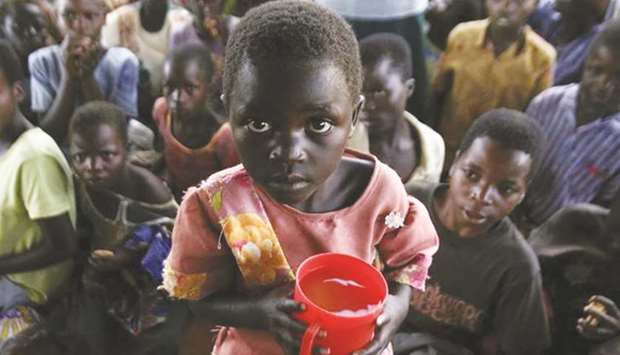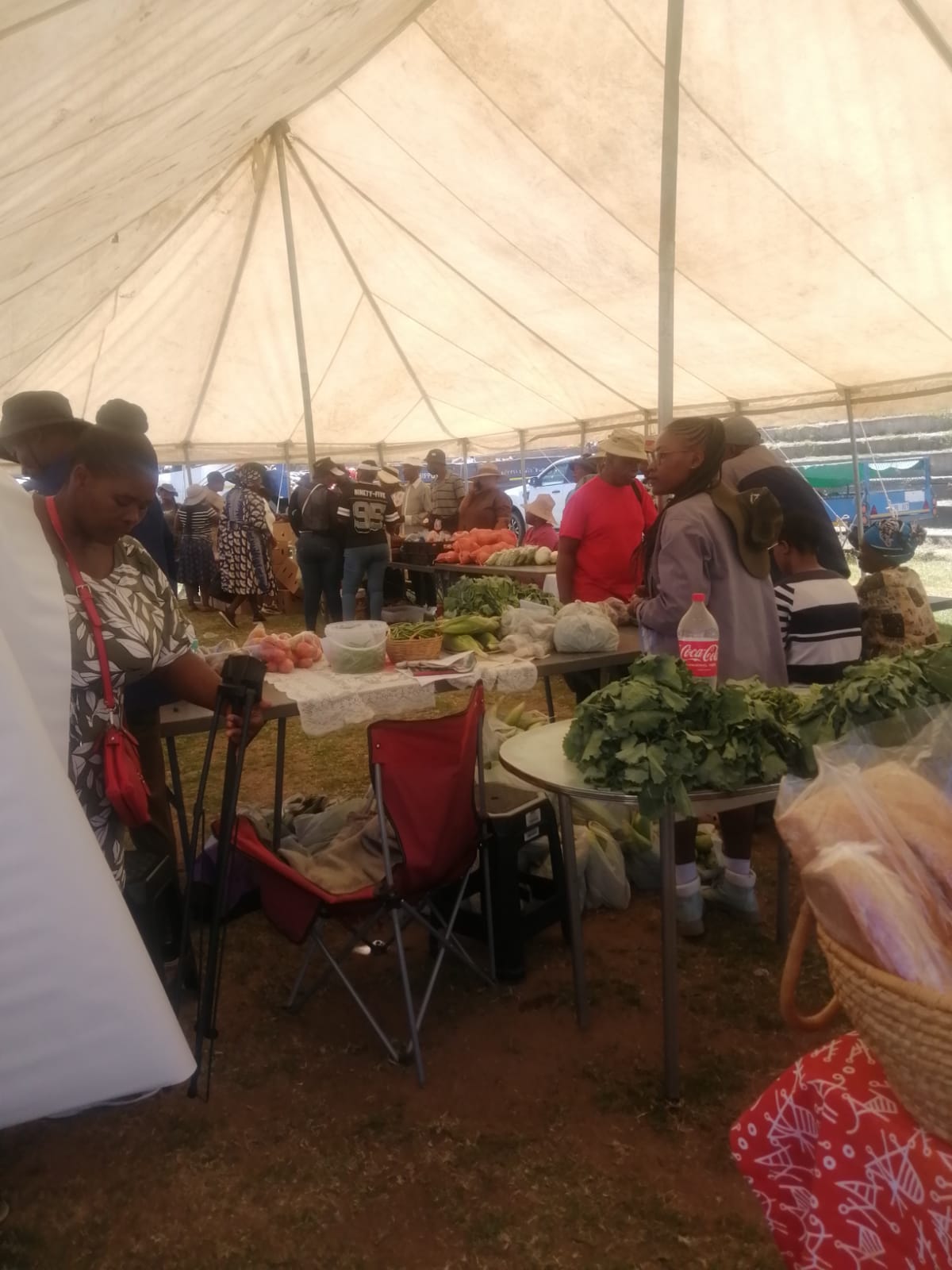
Official Development Assistance (ODA) and the Sustainable Development Goals (SDGs)
Introduction
Despite reaching historical levels in 2022, Official Development Assistance (ODA) decreased by 2% ($4 billion) for developing regions, affecting over 70 countries and almost 3 billion people.
What is ODA?
ODA, also referred to as aid, is the most stable and predictable source of external financing for developing countries, especially in times of crisis. It goes beyond just cash and means having access to electricity, medical care, and food for millions of people. It provides an opportunity for a better future.
Shifts in ODA
A new report by the UN Global Crisis Response Group entitled “Aid under pressure” analyzes the shifts in ODA. International crises have left visible marks on ODA, generating new demands and reshuffling priorities.
ODA Decrease
Despite reaching record levels in 2022, ODA decreased by $4 billion for developing countries, marking a 2% drop. Over 70 developing countries, including 24 least developed countries and 15 small island developing states, suffered declines. The affected countries are home to more than 2.9 billion people. Moreover, ODA fell $143 billion short of the Sustainable Development Goal 17 target.
SDG 17 Target
In 2022, members of the Development Assistance Committee (DAC) devoted just 0.37% of their gross national income (GNI) to ODA. Had they met the SDG 17.2 aid target of 0.7%, they could have almost doubled aid inflows to developing countries.
Impact on Least Developed Countries (LDCs)
The world’s least developed countries (LDCs) were severely affected by the challenging aid landscape. In 2022, aid flows to LDCs declined by 4%, falling to $62 billion. This followed an 8% decrease the previous year. The drop is steeper than for other developing countries, where aid peaked in 2021 and fell by 2% the following year. As a result, LDCs’ share of global ODA decreased to 22% in 2022, the lowest share in over a decade.
Concessional Loans and Debt Burdens
Aid is increasingly provided through concessional loans rather than grants, increasing developing country debt burdens at a time of growing distress. Some 3.3 billion people – almost half of humanity – live in countries that spend more on debt interest payments than on education or health. Between 2021 and 2022, ODA grants to developing regions fell by 8% to $109 billion, while loans increased by 11% to $61 billion. In 2022, grants represented 63% of total ODA, the smallest share in two decades, except for the first year of the COVID-19 pandemic (62%). The shift to loans is seen in every developing region.
Ensuring Aid Stability
The world must ensure that aid does not falter when countries need it most. It is crucial to prioritize the Sustainable Development Goals (SDGs) and work towards meeting the SDG 17 target of 0.7% of gross national income (GNI) for ODA. This will help address the challenges faced by developing countries and improve the lives of billions of people.
SDGs, Targets, and Indicators
| SDGs | Targets | Indicators |
|---|---|---|
| SDG 17: Partnerships for the Goals | Target 17.2: Developed countries to implement fully their official development assistance commitments | – ODA as a percentage of gross national income (GNI) – ODA amount in dollars |
| SDG 1: No Poverty | Target 1.1: By 2030, eradicate extreme poverty for all people everywhere, currently measured as people living on less than $1.25 a day | – Number of people affected by ODA decline in poverty – ODA’s impact on poverty reduction |
| SDG 3: Good Health and Well-being | Target 3.8: Achieve universal health coverage, including financial risk protection, access to quality essential health-care services, and access to safe, effective, quality, and affordable essential medicines and vaccines for all | – ODA’s impact on access to medical care – ODA’s impact on access to essential medicines and vaccines |
| SDG 7: Affordable and Clean Energy | Target 7.1: By 2030, ensure universal access to affordable, reliable, and modern energy services | – ODA’s impact on access to electricity |
| SDG 4: Quality Education | Target 4.1: By 2030, ensure that all girls and boys complete free, equitable, and quality primary and secondary education leading to relevant and effective learning outcomes | – ODA’s impact on access to education |
1. Which SDGs are addressed or connected to the issues highlighted in the article?
SDG 17: Partnerships for the Goals
The article discusses the decrease in Official Development Assistance (ODA) for developing countries, which directly relates to SDG 17, which focuses on partnerships for sustainable development.
SDG 1: No Poverty
The decline in ODA affects over 70 developing countries and almost 3 billion people, highlighting the connection to SDG 1, which aims to eradicate extreme poverty.
SDG 3: Good Health and Well-being
ODA plays a crucial role in providing access to medical care, which is essential for good health and well-being. Therefore, SDG 3 is also connected to the issues discussed in the article.
SDG 7: Affordable and Clean Energy
ODA can contribute to ensuring universal access to affordable and clean energy, as mentioned in the article. Therefore, SDG 7 is relevant to the issues highlighted.
SDG 4: Quality Education
Access to education is impacted by ODA, as it can help ensure that all girls and boys complete free, equitable, and quality education. This connection makes SDG 4 relevant to the article.
2. What specific targets under those SDGs can be identified based on the article’s content?
Target 17.2: Developed countries to implement fully their official development assistance commitments
The article mentions that members of the Development Assistance Committee (DAC) devoted just 0.37% of their gross national income (GNI) to ODA, falling short of the SDG 17.2 target of 0.7%. This target is directly related to SDG 17.
Target 1.1: By 2030, eradicate extreme poverty for all people everywhere, currently measured as people living on less than $1.25 a day
The decline in ODA affects over 70 developing countries and almost 3 billion people, which has implications for achieving Target 1.1 of SDG 1.
Target 3.8: Achieve universal health coverage, including financial risk protection, access to quality essential health-care services, and access to safe, effective, quality, and affordable essential medicines and vaccines for all
ODA plays a role in providing access to medical care, essential medicines, and vaccines, which aligns with Target 3.8 of SDG 3.
Target 7.1: By 2030, ensure universal access to affordable, reliable, and modern energy services
The article mentions that ODA contributes to providing electricity access, which is connected to Target 7.1 of SDG 7.
Target 4.1: By 2030, ensure that all girls and boys complete free, equitable, and quality primary and secondary education leading to relevant and effective learning outcomes
Access to education is impacted by ODA, making Target 4.1 of SDG 4 relevant to the article’s content.
3. Are there any indicators mentioned or implied in the article that can be used to measure progress towards the identified targets?
The article provides indicators that can be used to measure progress towards the identified targets:
– ODA as a percentage of gross national income (GNI)
– ODA amount in dollars
– Number of people affected by ODA decline in poverty
– ODA’s impact on poverty reduction
– ODA’s impact on access to medical care
– ODA’s impact on access to essential medicines and vaccines
– ODA’s impact on access to electricity
– ODA’s impact on access to education
These indicators can help track progress towards achieving the identified targets under the relevant SDGs.
4. Table: SDGs, Targets, and Indicators
| SDGs | Targets | Indicators |
|---|---|---|
| SDG 17: Partnerships for the Goals | Target 17.2: Developed countries to implement fully their official development assistance commitments | – ODA as a percentage of gross national income (GNI) – ODA amount in dollars |
| SDG 1: No Poverty | Target 1.1: By 2030, eradicate extreme poverty for all people everywhere, currently measured as people living on less than $1.25 a day | – Number of people affected by ODA decline in poverty – ODA’s impact on poverty Behold! This splendid article springs forth from the wellspring of knowledge, shaped by a wondrous proprietary AI technology that delved into a vast ocean of data, illuminating the path towards the Sustainable Development Goals. Remember that all rights are reserved by SDG Investors LLC, empowering us to champion progress together. Source: unctad.org
Join us, as fellow seekers of change, on a transformative journey at https://sdgtalks.ai/welcome, where you can become a member and actively contribute to shaping a brighter future.
|







